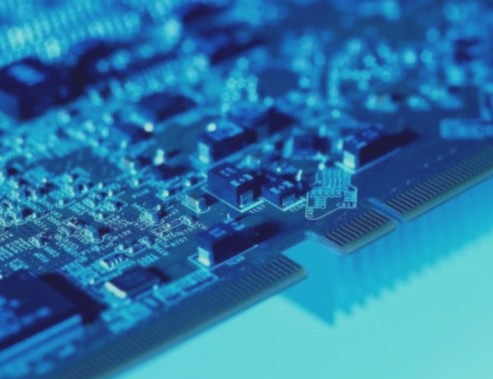Selective Soldering Processes for PCB Assembly
When it comes to selective soldering in PCB assembly, there are two main processes: drag soldering and dip soldering.
Drag Soldering Process
The selective drag soldering process involves using a small soldering tip wave to solder in tight spaces on the PCB, such as individual solder joints or pins. To ensure quality, the PCB moves on the solder wave at different speeds and angles. The soldering tip’s inner diameter is kept under 6mm for process stability. Soldering tips are oriented based on soldering requirements, and the manipulator can approach the solder wave from various angles, with a recommended tilt angle of 10° for most devices.
Dip Soldering vs. Drag Soldering
Compared to dip soldering, drag soldering offers better heat conversion efficiency due to the solder solution and PCB movement. However, only a small solder tip wave is used for heat transfer. The solder wave temperature for drag soldering typically ranges from 275℃ to 300℃, with a pulling speed between 10mm/s to 25mm/s. Nitrogen is introduced to prevent oxidation, ensuring stability and reliability by eliminating oxidation and preventing bridging defects.
Precision and Flexibility
The selective soldering machine provides high precision and flexibility in PCB assembly. Its modular design allows for customization based on production requirements and future upgrades. The manipulator’s motion radius covers flux nozzle, preheating, and soldering nozzle, enabling various welding processes. The synchronization process reduces the single board process cycle time significantly. With ±0.05mm precise positioning and 5-dimensional movement for optimized contact angles, the manipulator ensures high-quality welding. The tin wave height stylus, made of a titanium alloy, can be controlled programmatically by adjusting the tin pump speed for stability.
Latest PCB Fabrication Trends
For the latest trends in PCB fabrication and assembly processes, visit Well Circuits. Stay updated on cutting-edge technologies and techniques for your PCB manufacturing needs.

